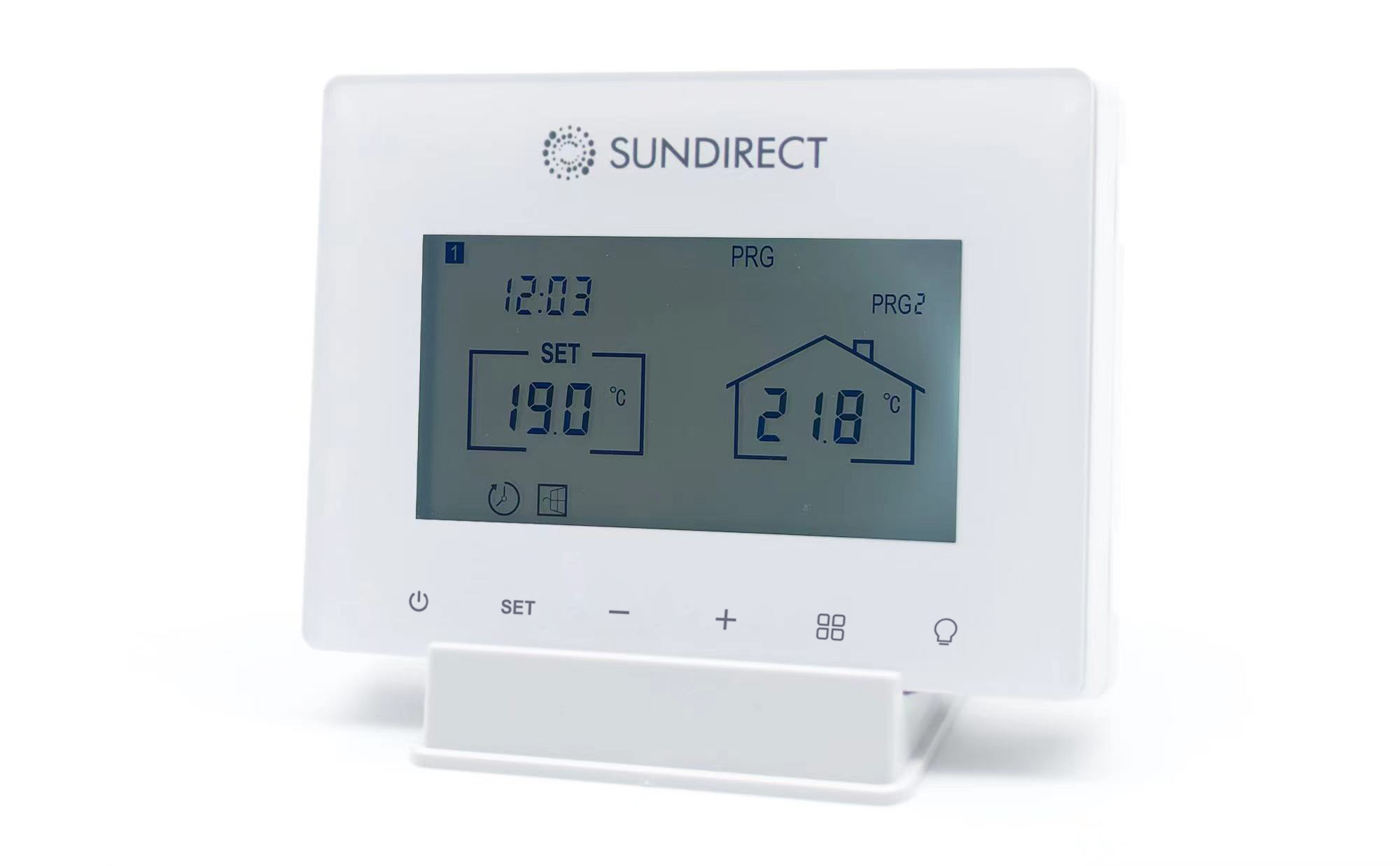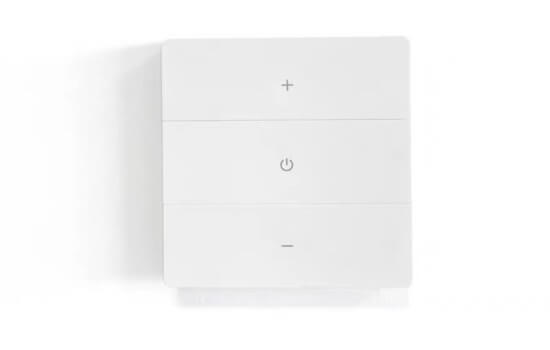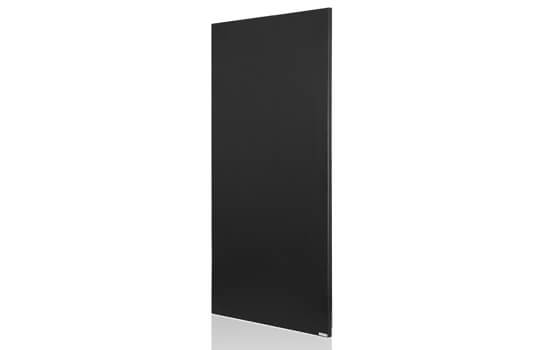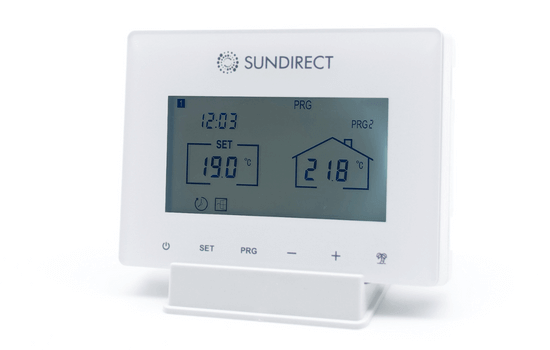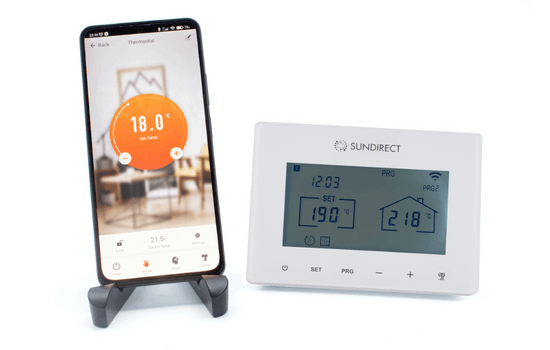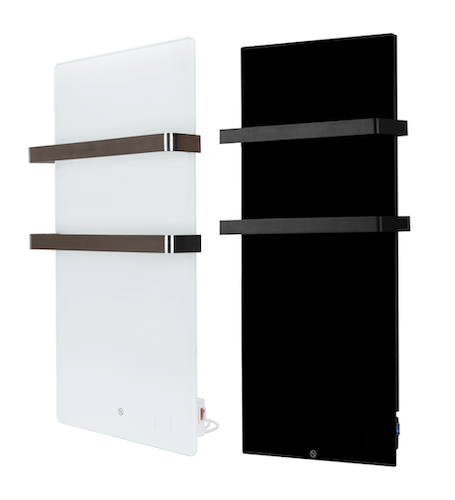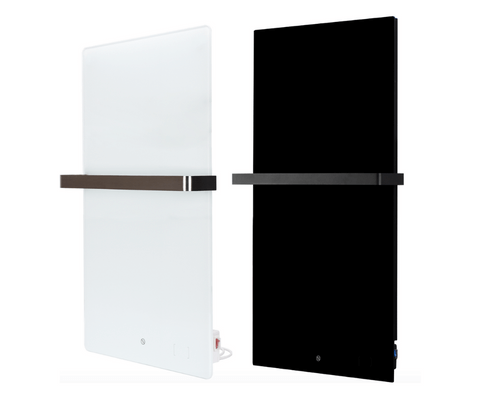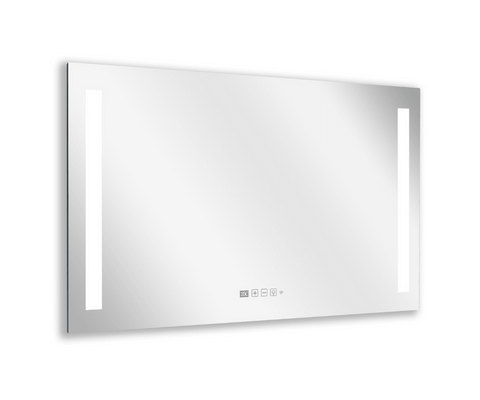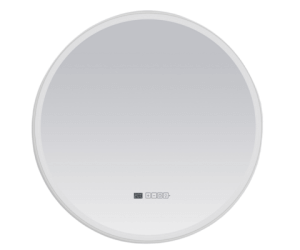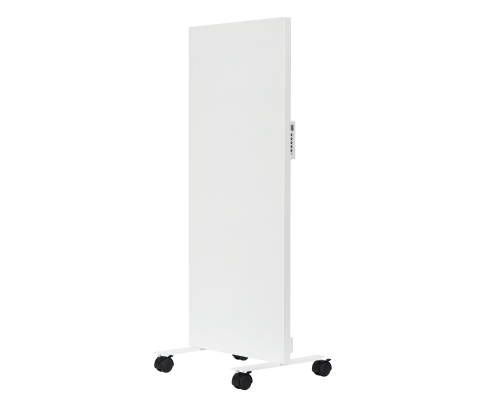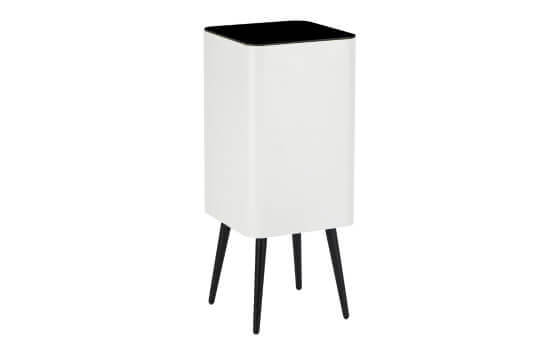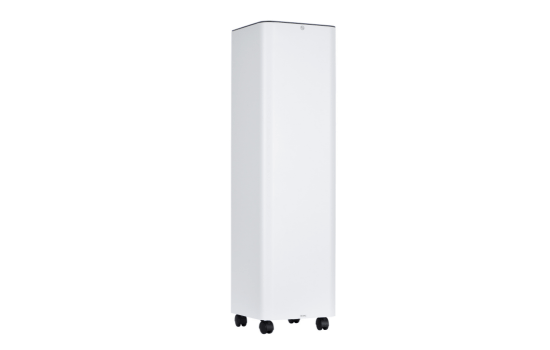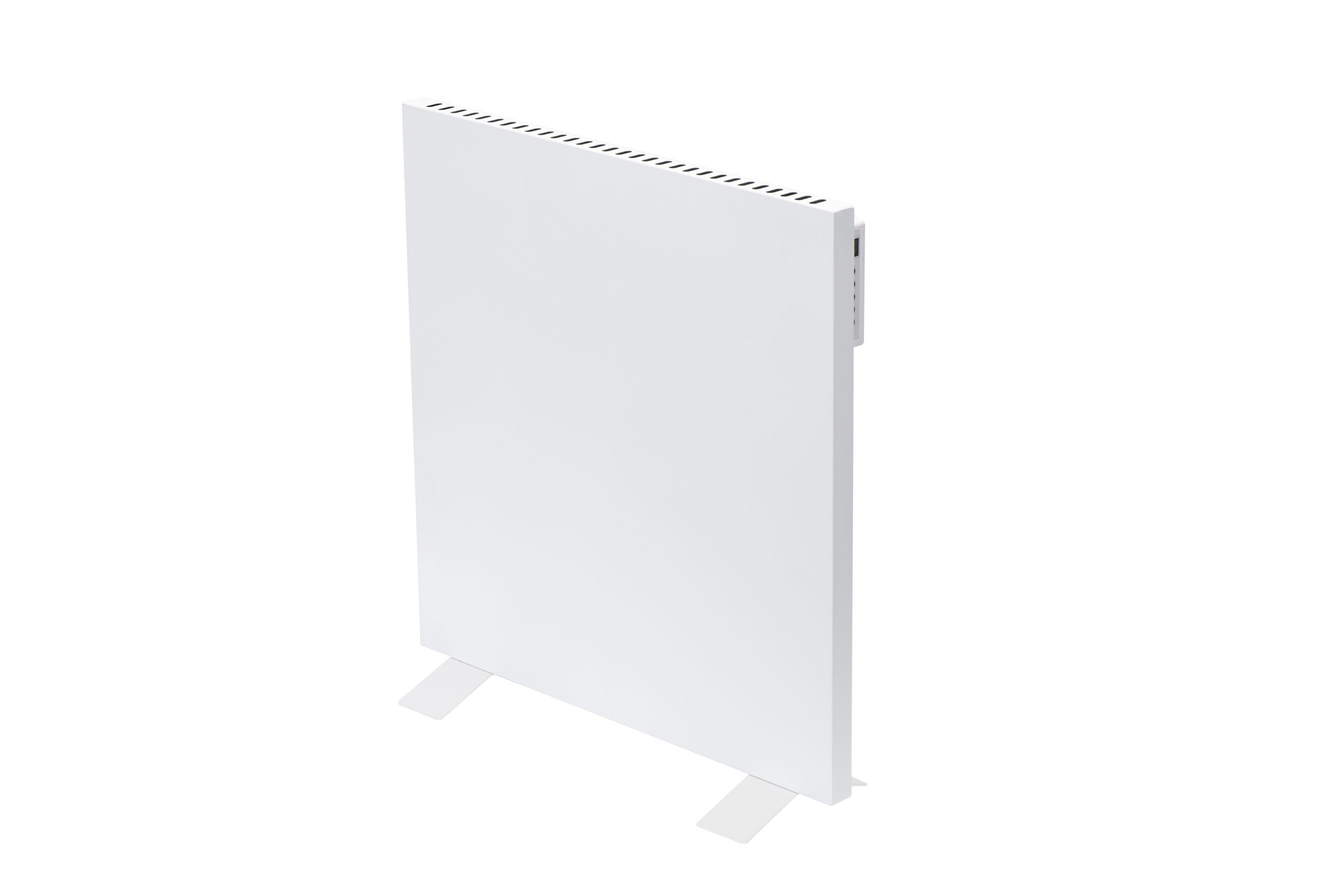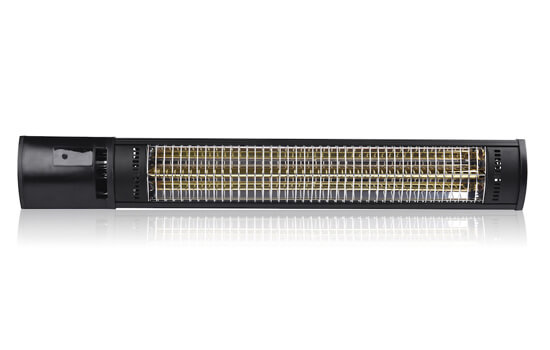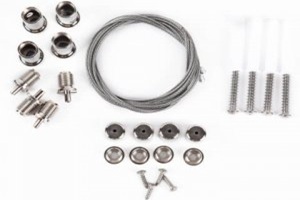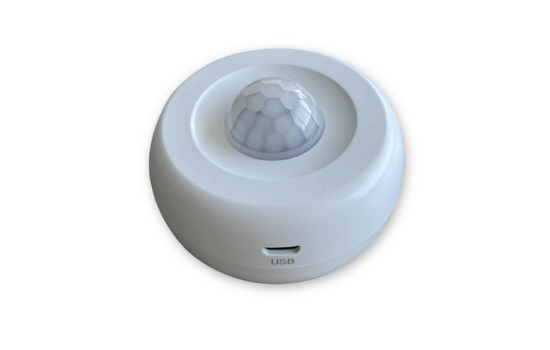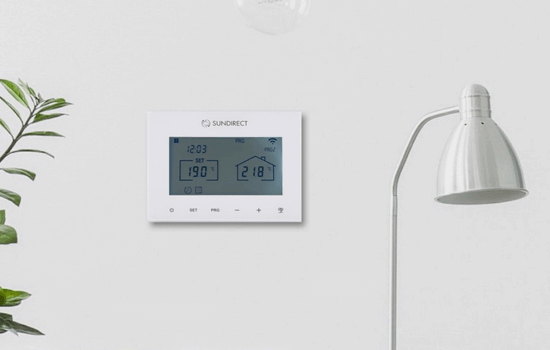Understanding Infrared Heating
Infrared heaters use electromagnetic radiation to produce heat, similar to the warmth of the sun. Unlike conventional heating systems that warm the air, infrared heaters heat objects and people directly, creating a comfortable and natural warmth.
There are three main types of infrared heaters:
- Near-infrared (IR-A) – Higher intensity, used in industrial applications.
- Mid-infrared (IR-B) – Balanced heating, often used in saunas.
- Far-infrared (IR-C) – Gentle warmth, most common for home use.
Do Infrared Heaters Emit Harmful Radiation?
Many pet owners worry about radiation exposure, but infrared radiation is completely safe. Unlike ultraviolet (UV) rays, which can cause skin damage, infrared radiation is non-ionizing, meaning it does not alter DNA or cause cellular harm.
Safety Considerations for Pets
Different pets react differently to infrared heating:
Dogs & Cats – Enjoy the warmth, but prolonged exposure can cause dehydration.
Birds – More sensitive to heat fluctuations and air dryness.
Reptiles – Thrive under infrared heat, as it mimics natural sunlight.
Benefits of Infrared Heating for Pets
Natural Warmth – Mimics sunlight without harmful UV exposure.
Improves Circulation – Helps older pets with arthritis.
Silent Operation – No noise, ensuring a stress-free environment.
No Air Drying – Unlike forced-air heaters, it does not strip moisture from the air.
Potential Risks of Infrared Heaters
Overheating – Prolonged exposure may cause discomfort.
Burn Hazards – Direct contact with high-intensity infrared panels can cause burns. Excessive Heat Exposure – Some pets may not move away from the heat source, increasing risk.
How to Use Infrared Heaters Safely Around Pets
To ensure pet safety while using infrared heaters:
Place heaters at a safe distance – Avoid placing them too close to pet beds.
Use pet-safe models – Opt for infrared panels with built-in safety features.
Monitor pet behavior – Watch for signs of overheating, such as excessive panting.
Infrared Heaters vs. Other Heating Methods for Pets
Heating Method | Pros | Cons |
| Infrared Heaters | Silent, energy-efficient, natural warmth | Risk of overheating if improperly used |
| Radiators | Even heat distribution, low risk | Can dry out air, slow heating |
| Space Heaters | Direct warmth, quick heating | Fire risk, burns |
| Electric Blankets | Cozy, controlled warmth | Limited heat range, not safe for all pets |
Veterinarian Opinions on Infrared Heating for Pets
Most veterinarians agree that infrared heating is safe when used correctly. Experts recommend maintaining moderate temperatures and ensuring pets have the ability to move away from the heat source if necessary.
Best Infrared Heaters for Pet Owners
When choosing an infrared heater, look for:
- Adjustable temperature settings
- Overheat protection
- Cool-to-touch designs
- Pet-safe certifications
How Pet Owners Can Monitor Heating Safety
Check for signs of overheating – Excessive panting, lethargy, or dehydration.
Ensure proper ventilation – Keep air circulating to avoid heat buildup.
Observe pet behavior – If your pet avoids the heater, lower the settings or reposition it.
FAQs About Infrared Heating and Pets
1. Can infrared heaters harm my pet’s skin?
- No, infrared heaters do not emit harmful radiation. However, prolonged direct exposure at high temperatures can cause mild discomfort.
2. Do infrared heaters dry out the air?
- No, they heat objects directly without reducing humidity, making them safer for pets.
3. Are infrared heaters safe for birds?
- Yes, but birds are sensitive to high heat, so it’s best to keep the heater at a moderate distance.
4. Can my pet sleep near an infrared heater?
- Yes, but ensure the heater has safety features like automatic shut-off to prevent overheating.
5. What is the safest type of infrared heater for pets?
- Wall-mounted or panel-style infrared heaters are safest as they reduce the risk of direct contact.
6. How can I tell if my pet is too hot?
Look for signs like excessive panting, seeking cooler areas, or avoiding the heater.
Conclusion
Infrared heaters are a safe and effective way to keep your pets warm, provided they are used correctly. By following safety guidelines, monitoring your pet’s behavior, and choosing the right heater, you can ensure a cozy and comfortable environment for your furry friends.


